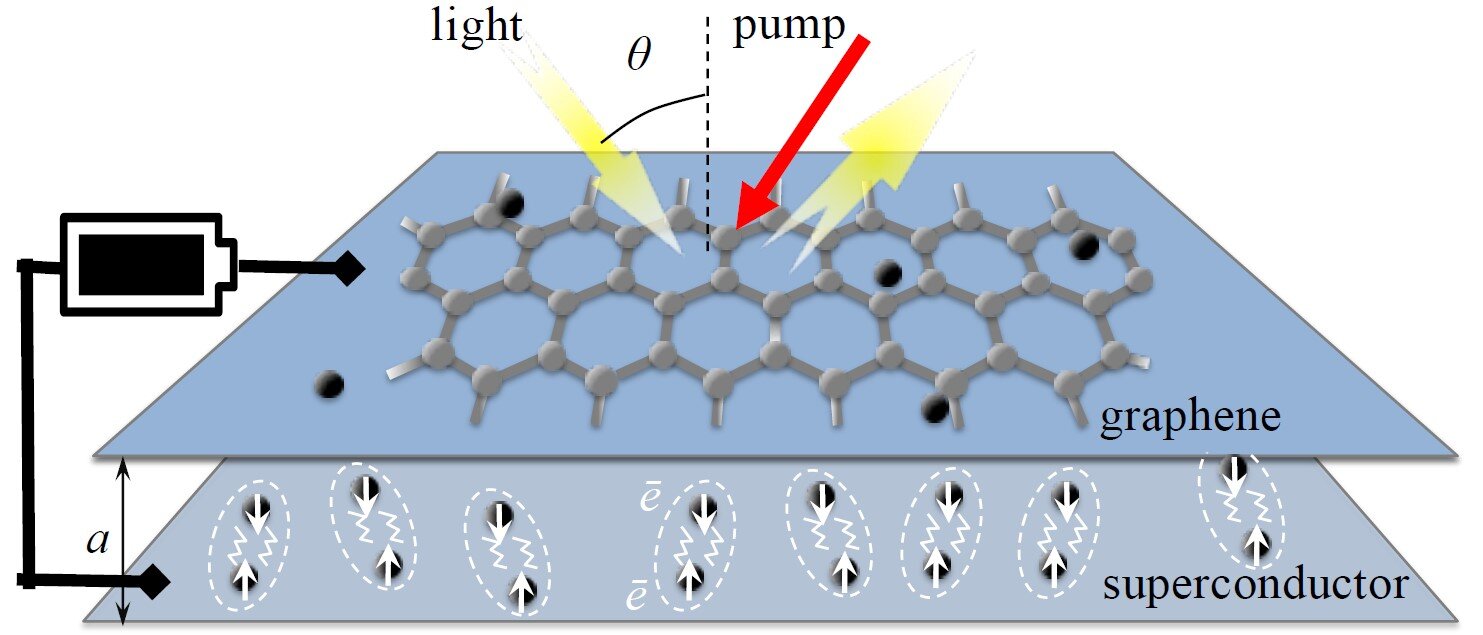Terahertz waves (THz) sit between microwaves and infrared in the light frequency spectrum, but due to their low energy, scientists have been unable to harness their potential. The conundrum is known in scientific circles as the "terahertz gap."
Being able to detect and amplify THz waves (T-rays) would open up a new era of medical, communications, satellite, cosmological and other technologies. One major application would be as a safe, non-destructive alternative to X-rays. However, until now, the wavelengths, which range between 3mm and 30μm, have proved impossible to use due to relatively weak signals from all existing sources.
It has properties which would greatly improve vast areas of science such as imaging, spectroscopy, tomography, medical diagnosis, health monitoring, environmental control and chemical and biological identification.
The breakthrough has been published in Physical Review Letters.
See Graphene amplifier unlocks hidden frequencies in the electromagnetic spectrum
Researchers have created a unique device which will unlock the elusive terahertz wavelengths and make revolutionary new technologies possible.

